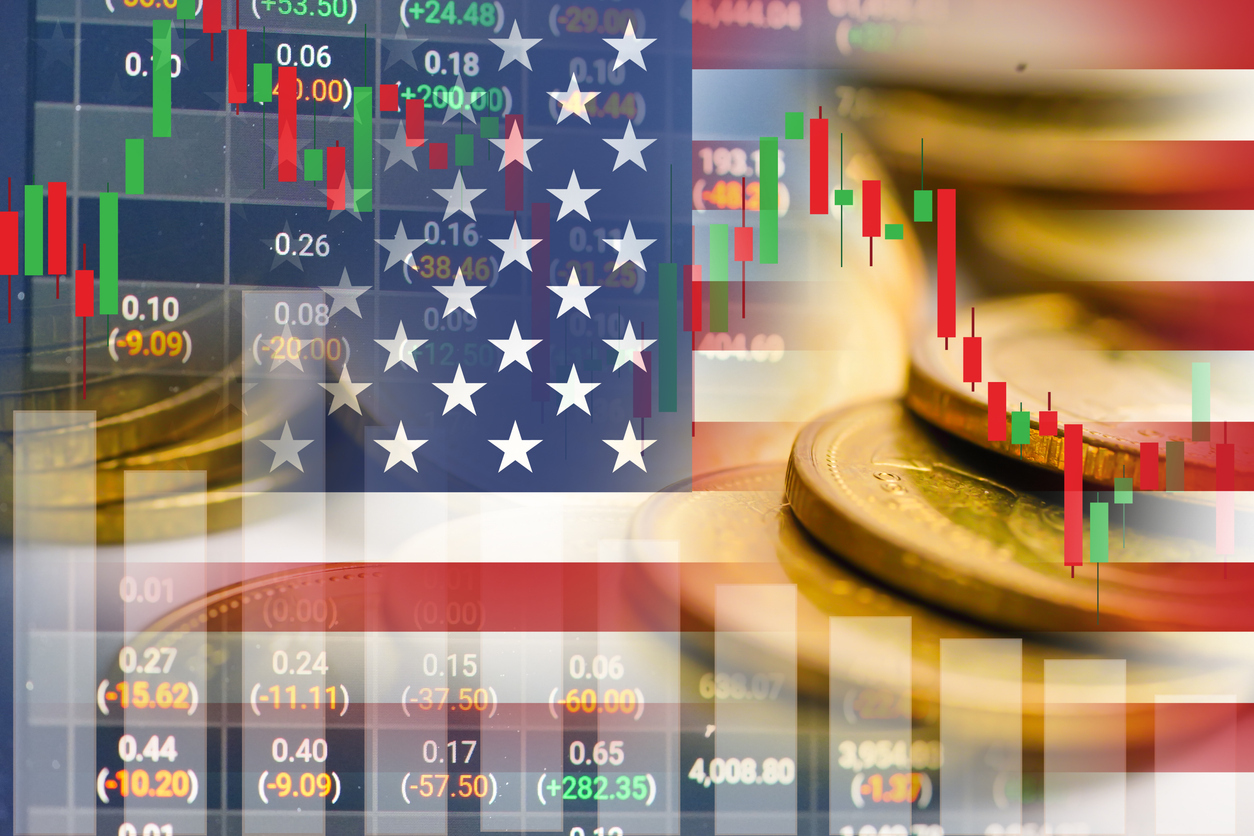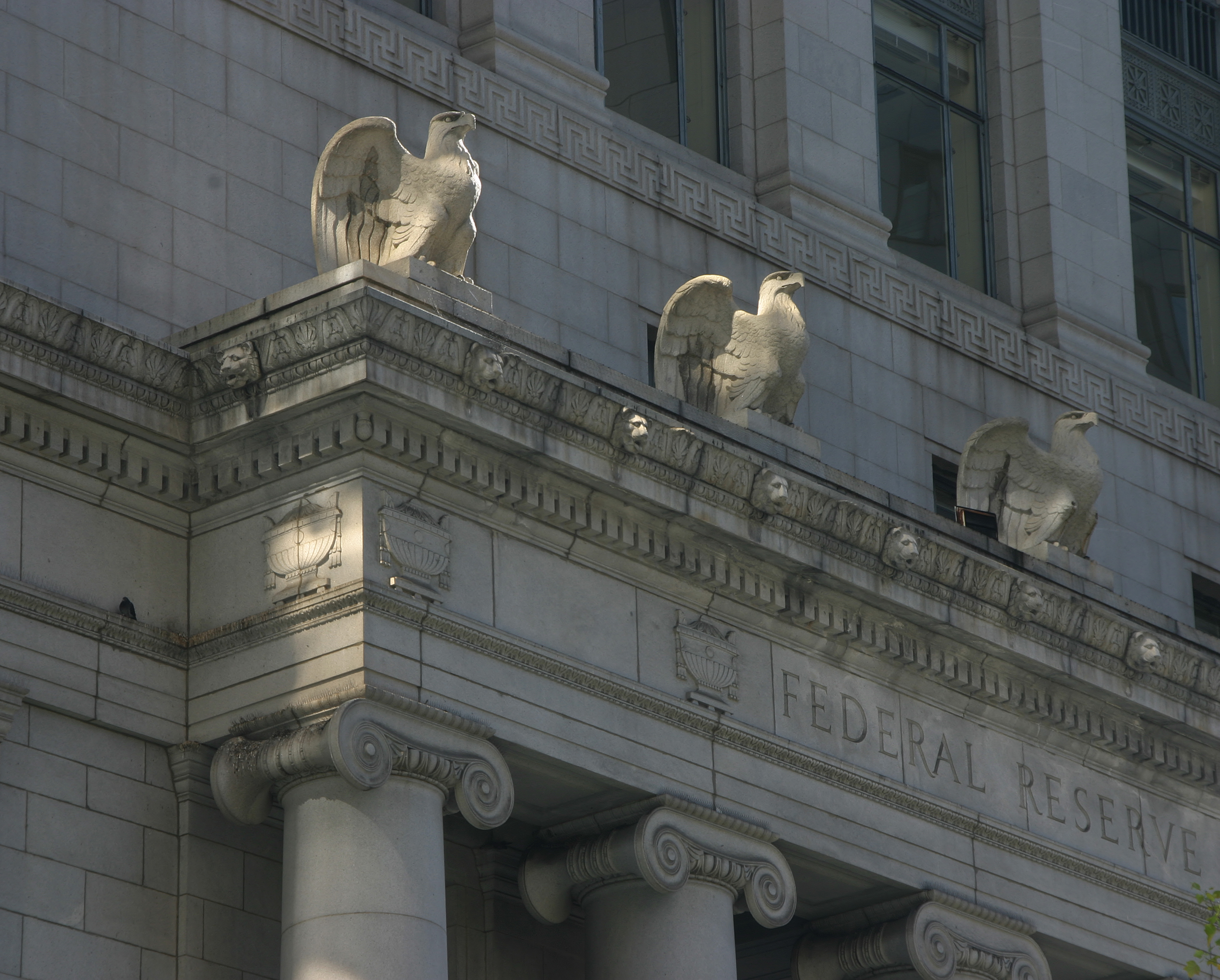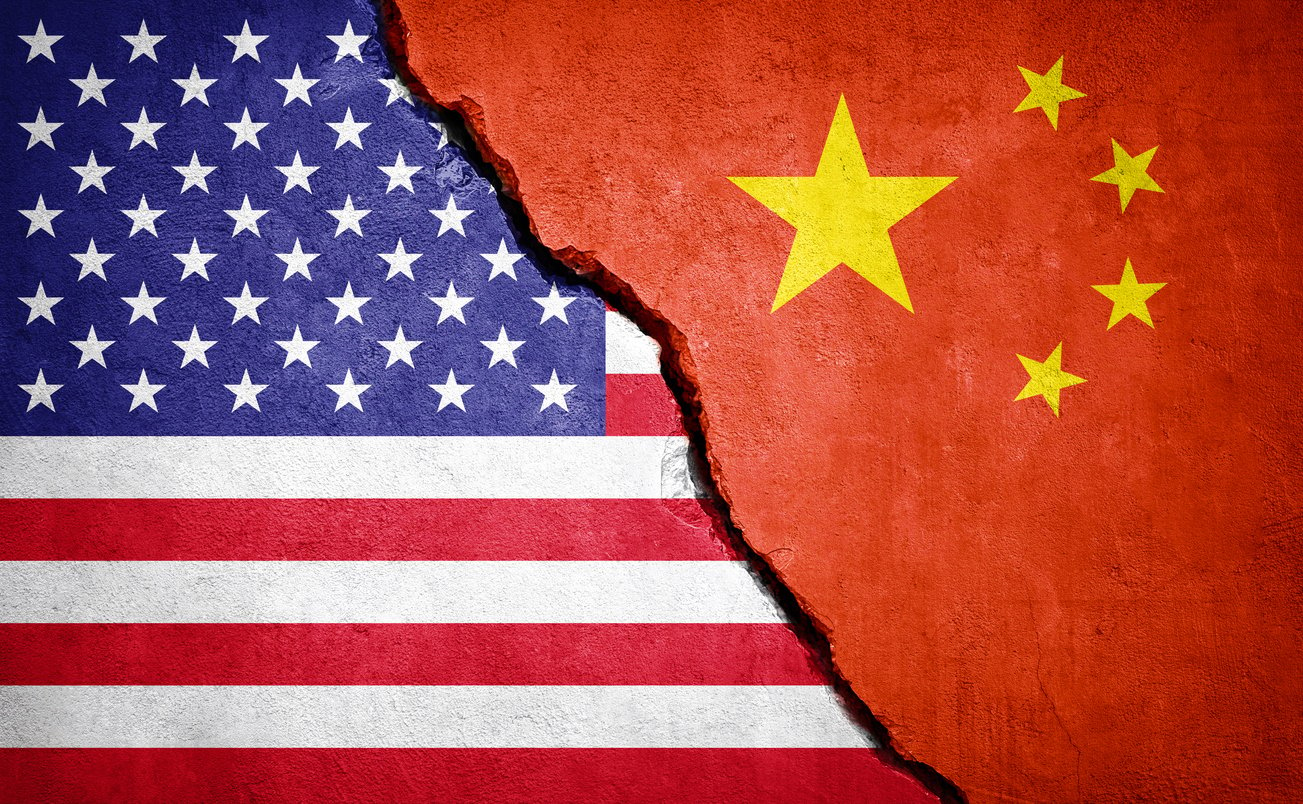Weak jobs data has shifted the Fed’s focus from inflation to employment, making September rate cuts almost certain. Markets are rallying on expectations of easier policy, with tech and growth stocks leading gains. The outlook hinges on whether the Fed can engineer a soft landing without reigniting inflation.
Inflation Still Running Above Target
The latest combination of inflation and labor market data has made it almost certain that the Federal Reserve will begin cutting rates at its September meeting. August CPI showed headline inflation climbing to 2.9% year-over-year, while core inflation held at 3.1%. Month-over-month, prices rose 0.4%, a touch hotter than expected. Much of the stickiness reflects tariff-related pressures and rising energy costs, but the bigger story is the weakening labor market, which is forcing the Fed to shift its focus away from inflation.
Labor Market Cracks Widen
Recent revisions revealed that the U.S. added over 900,000 fewer jobs in the year through March than previously reported, with more than 1.2 million jobs effectively missing when subsequent adjustments are included. Payroll growth in the summer months has slowed to an average of just 29,000 per month, far below the pace needed to keep unemployment stable. Weekly jobless claims have now risen to 263,000, the highest in nearly four years, signaling that cracks in the jobs market are turning into broader structural weakness.
Fed Set to Begin Cutting Rates in September
Markets are pricing in almost a 100% chance of a 25 basis point cut next week, with a small possibility of a half-point reduction. While inflation remains above target, the Fed’s dual mandate obliges it to address growing risks to employment. Chair Jerome Powell is expected to emphasize that further cuts are likely in October and December, setting up a series of moves that could lower policy rates by 75 to 100 basis points by year-end.
Equities Surge on Policy Shift
Equities have responded forcefully. The Dow surged above 46,000 for the first time, the S&P 500 broke past 6,500, and the Nasdaq crossed 22,000, reflecting optimism that monetary easing will support valuations. Growth and technology stocks, most sensitive to falling discount rates, are leading the rally, while rate-sensitive sectors such as housing and utilities also stand to benefit. At the same time, consumer-driven sectors could face headwinds if job losses weigh further on household demand.
Outlook: Soft Landing or Fragile Balance?
By late 2025, the equity outlook appears cautiously optimistic. Should the Fed achieve a soft landing—easing policy to support jobs without sparking new inflation—record market highs could hold. Cheaper borrowing will improve financial conditions, spur corporate investment, and help support valuations. Still, volatility is expected to stay high around Fed decisions, tariff developments, and labor market reports.
Bottom Line
In short, the Fed’s pivot to rate cuts is now firmly underway. Inflation is still persistent, but mounting weakness in the labor market poses the bigger risk. The first step will be taken in September, with more easing likely to follow, and the equity market has already begun to price in this new cycle. By the close of 2025, whether stocks remain at record levels will depend not only on policy support but also on the Fed’s ability to balance growth risks against the lingering pressures of tariffs and prices.
EXPLORE MORE POSTS
Why Oracle’s Pullback Doesn’t Signal the End of the AI Trade
Oracle’s sharp post-earnings selloff triggered a broad AI market pullback, but...
Read Moreby Jerry Yuan
Investment Risk Profile: Factors Affecting It and Tax Strategy
Every investor has a unique investment risk profile, which determines how much...
Read Moreby Irman Singh
BOJ Tightening: How Japan’s Rate Hike Could Impact U.S. Equities
Japan’s shift toward tightening has added volatility to global markets, but...
Read Moreby Jerry Yuan
Stop Overpaying: What Every Entrepreneur Should Know About Tax Strategy
High-Net-Worth entrepreneurs manage complex financial lives—multiple ventures,...
Read Moreby Irman Singh
Top 5 Tax-Efficient Strategies for Corporate Leaders in the U.S.
Corporate leaders in today’s environment face increasingly complex tax...
Read Moreby Irman Singh
Markets Under Pressure: Valuation Strains, Credit Stress, and Mixed Macro Signals Drive Volatility
Markets are showing strain across AI stocks, private credit, crypto, and global...
Read Moreby Yuanhao Feng
Top 5 Overlooked Tax Strategies Every U.S. Lawyer Should Use in 2025
For many lawyers in the U.S., taxes quietly erode more wealth than any market...
Read Moreby Irman Singh
Markets Reprice: Fed Confusion Meets Overheated Tech
U.S. equities saw a sharp reset on Thursday, with the S&P 500 dropping 1.7%,...
Read Moreby Jerry Yuan
Navigating the New Macro Regime: Quantel’s October 2025 Results
Quantel's Premium Portfolios delivered another strong month in October 2025,...
Read Moreby Shyam Sreenivasan
Top 10 Tax Planning Strategies for Hni Commercial Brokers
High-net-worth commercial brokers stand at the intersection of deal-making and...
Read Moreby Irman Singh
Triple Shock Hits Wall Street: Liquidity, Shutdown, Sentiment
U.S. markets are falling due to liquidity stress, government shutdown...
Read Moreby Jerry Yuan
Keep More of What You Earn : Tax Strategies for Physicians
Physicians often find themselves in some of the highest effective tax brackets...
Read Moreby Irman Singh
Trump-Xi Truce in South Korea - A Fragile Pause for Markets
The U.S.–China truce cools trade tensions and supports risk appetite, but it’s...
Read Moreby Jerry Yuan
Intelligent Tax Planning for America’s Wealth Builders
by Irman Singh
Cooling Inflation Paves Way for Fed Cuts, Lifts Equity Sentiment
Cooling inflation data reinforced confidence in a soft-landing scenario,...
Read Moreby Jerry Yuan
Illiquidity: The Silent Constraint in HNwI's Portfolios
Why even substantial wealth can feel inaccessible — and how to design...
Read Moreby Irman Singh
Market Shaken by Renewed U.S. - China Tensions & Credit Fears
Renewed U.S.-China trade tensions and banking concerns triggered a sharp global...
Read More




















